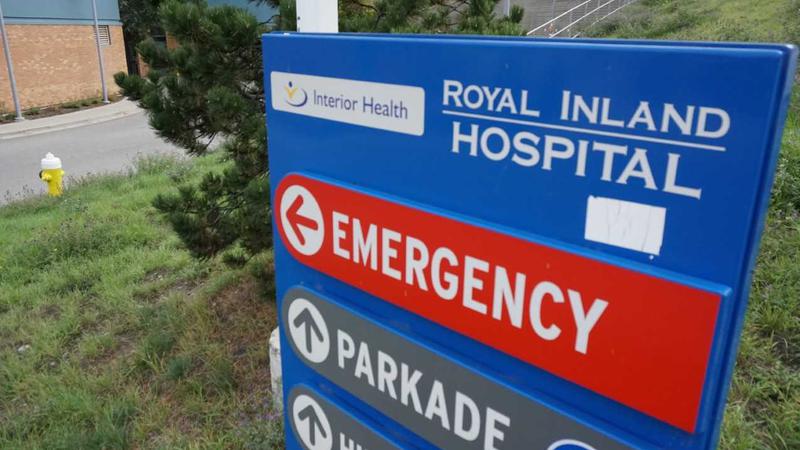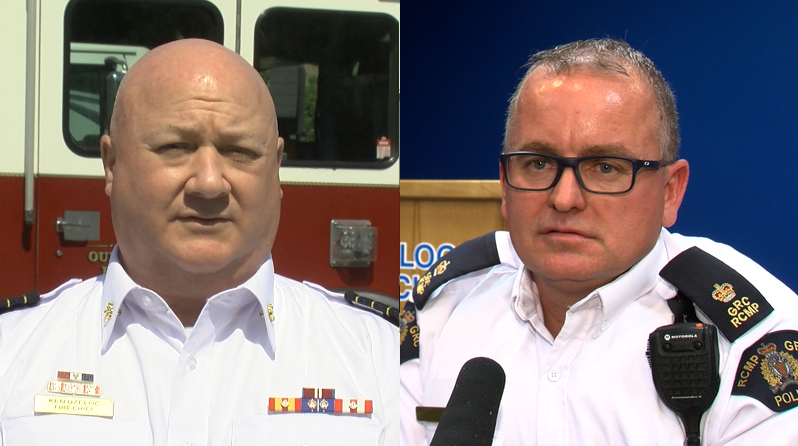
‘It’s not plutonium’: Kamloops ER doc chides top cop and fire chief for fentanyl ‘misinformation’
KAMLOOPS — A Kamloops emergency physician says he was dismayed to hear the city’s top cop and fire chief confirming misinformation about fentanyl at a City of Kamloops committee meeting last week.
Speaking to the city’s Community Policing Select Committee last Thursday (July 20), Kamloops Fire Rescue Chief Ken Uzeloc and RCMP Superintendent Jeff Pelley spoke anecdotally about their departments’ experiences since small amounts of illicit drugs were decriminalized for personal use on January 31, 2023.
“When decriminalization occurred, we put out a memo to our staff to now anticipate that there may be up to 2.5 grams of fentanyl or other illicit drugs in the vicinity or on the person and to take extreme caution and wear all [personal protective equipment] as prescribed for responding to these events,” said Uzeloc.
Pelley weighed in as well, noting much less than the allowed 2.5 grams can be fatal.



